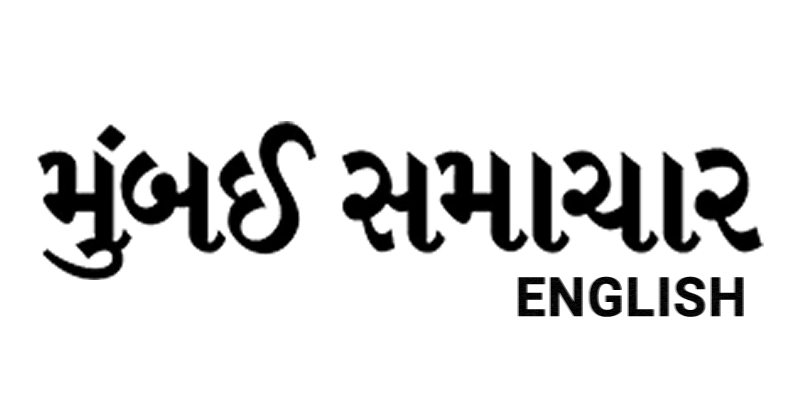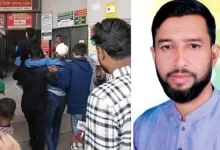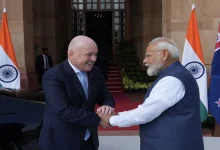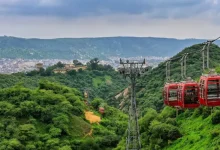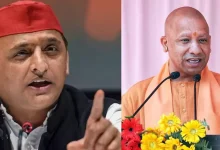PM Modi’s 2007 Japan Visit: Stepping Into Bullet Train Cockpit, Building Gujarat-Japan Ties
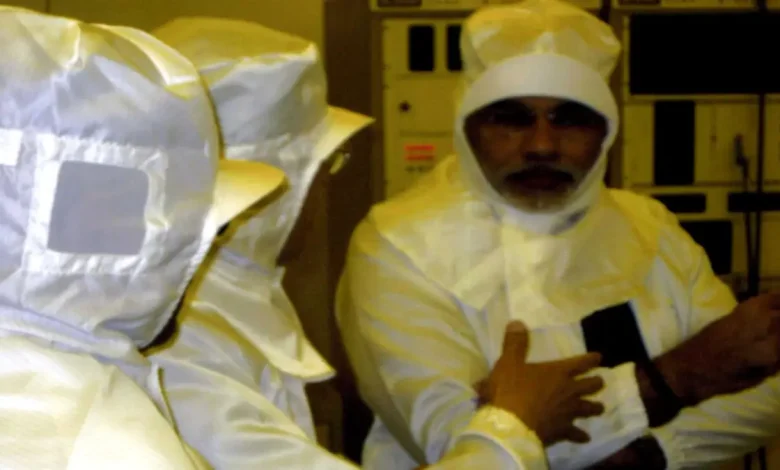
As Prime Minister Narendra Modi landed in Tokyo on Friday for the India-Japan Economic Forum, Modi Archive, a platform chronicling his life, revisited his pivotal 2007 visit to Japan as Gujarat’s chief minister. The trip laid the groundwork for economic and cultural ties that continue to shape India-Japan relations.
In April 2007, Modi led a 40-member delegation of officials and industry leaders to Japan, aiming to position Gujarat as a prime destination for investment in industry, infrastructure, and innovation. Over six days, he visited Tokyo, Osaka, Hiroshima, and Kobe, engaging with corporate giants like Mitsubishi, Mitsui, Sumitomo, Suzuki, Toshiba, Nippon Steel, and Tsuneshi Shipbuilding. The visit secured Memorandums of Understanding (MoUs) between JETRO (Japan External Trade Organization) and Gujarat’s Industries Department.
Modi Archive noted on X that discussions at the Japan Chambers of Commerce and Industries and Indo-Japan Friendship Forum focused on ports, logistics, infrastructure, and human resource development, with Gujarat marketed as Japan’s gateway to India’s economic growth.
A significant moment came during Modi’s meeting with then-Japanese Prime Minister Shinzo Abe, where they discussed the Delhi–Mumbai Industrial Corridor (DMIC). Modi gifted Abe a CD highlighting Gujarat’s Buddhist heritage and a handwoven tribal shawl, extending an invitation to visit the state. Abe, in turn, pledged Japan’s support for Gujarat’s role in the DMIC, strengthening bilateral ties.
A standout highlight was Modi stepping into the cockpit of a Japanese Bullet Train, sparking ideas that later materialized as the Mumbai–Ahmedabad Bullet Train project, a cornerstone of India-Japan collaboration. In Hiroshima, Modi visited the Peace Memorial Park, reflecting at the Prayer of the Fountain and the Suzuki Miekichi Literary Monument. In Kobe, he attended a cultural event at The India Club, a diaspora hub since 1904, fostering cultural connections.
By July 2012, Modi returned to Japan for a five-day visit (July 22–27), welcomed with rare Cabinet-rank honors during the 60th anniversary of India-Japan diplomatic relations. His 44 engagements across Tokyo, Hamamatsu, Nagoya, Osaka, and Kobe included meetings with key figures like Foreign Minister Koichiro Gemba, Trade Minister Yukio Edano, Infrastructure Minister Yuchiro Hata, Deputy PM Katsuya Okada, and governors Hideaki Omura (Aichi) and Toshizo Ido (Hyogo).
At JETRO seminars, Modi promoted Gujarat as an investor-friendly, power-surplus state, emphasizing its ports, logistics, and industrial corridors. He held extensive talks with corporate leaders, including a notable session with Suzuki Motors Chairman Osamu Suzuki, pitching Gujarat as Asia’s next automotive hub. Roundtables at Mizuho Corporate Bank and the Imperial Hotel further solidified business ties.
Infrastructure remained a focus. Riding the Shinkansen from Tokyo to Hamamatsu, Modi explored high-speed rail and metro systems, drawing inspiration from Japan’s efficiency and safety standards for Gujarat’s development. At Kobe Port, he studied maritime operations to guide Gujarat’s port expansion, reinforcing its role in the DMIC.
Modi also connected with the Indian diaspora, addressing the Gujarat Samaj of Japan, meeting the India Centre Foundation, and attending a reception hosted by HCCI Chairman Mimuro. A symbolic boat ride at Kobe Port underscored his cultural outreach, cementing Gujarat’s ties with Japan.
